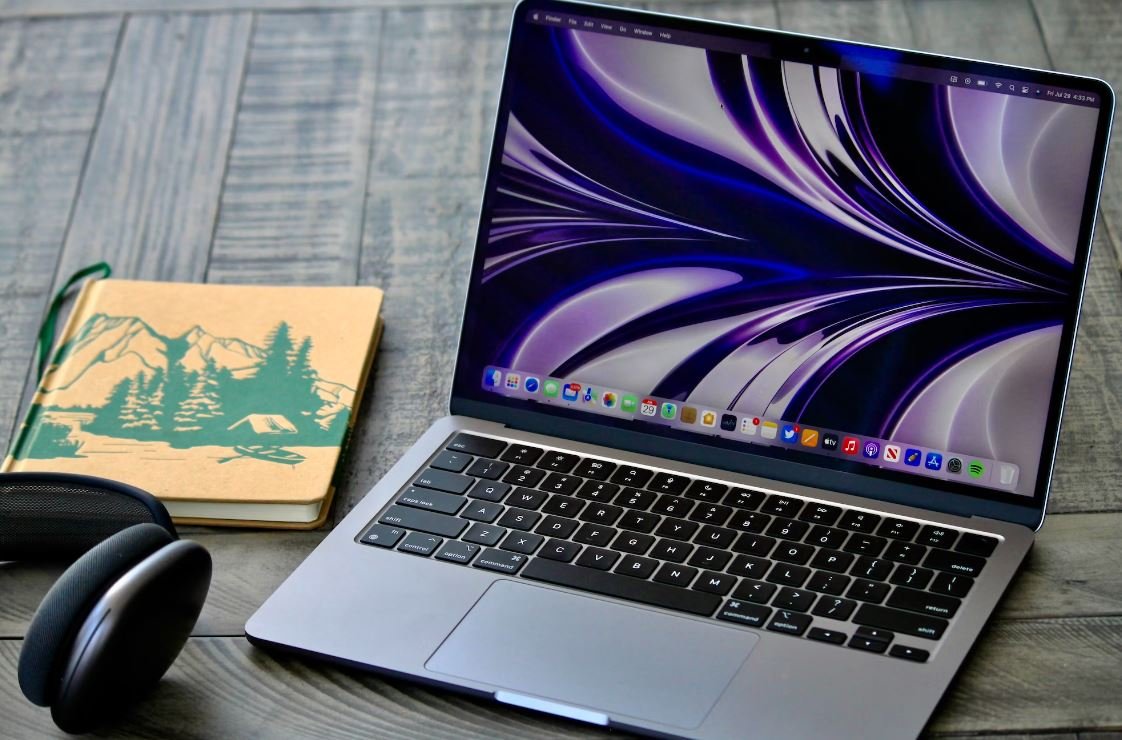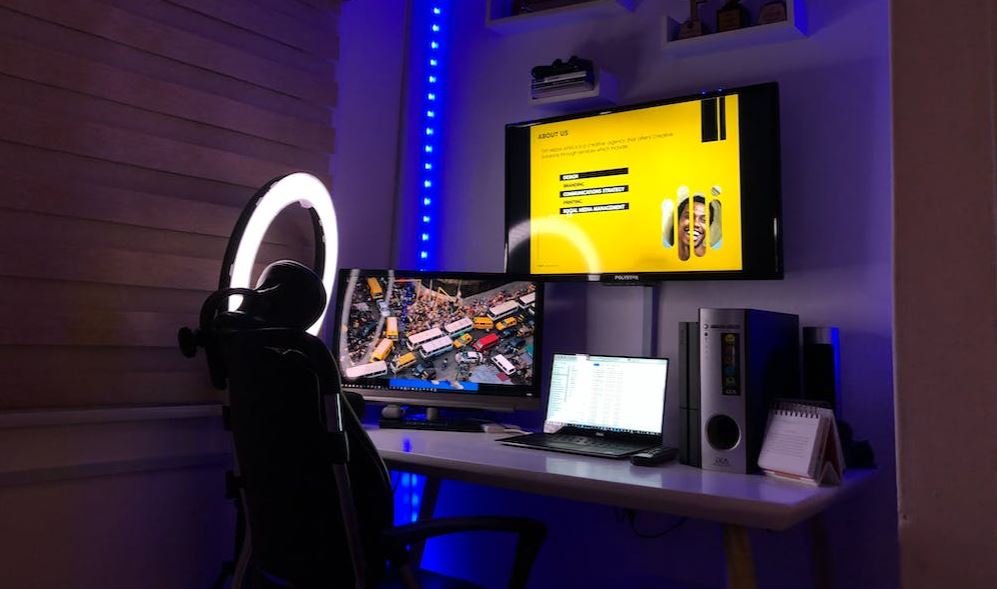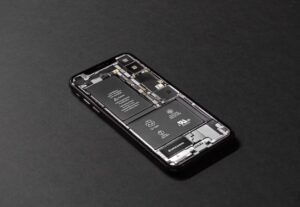Picture Generative Fill: Enhancing Your Visual Content
In today’s digital age, visuals play a crucial role in capturing and retaining the attention of online users. Picture generative fill, also known as generative image completion, is an emerging technique that uses artificial intelligence (AI) to automatically fill in missing parts of an image, creating visually appealing and realistic visual content. This innovative technology holds immense potential for various industries, including graphic design, advertising, and e-commerce.
Key Takeaways
- Picture generative fill utilizes AI to fill missing parts of an image.
- This technique enhances visual content, making it more appealing and realistic.
- It has applications in graphic design, advertising, and e-commerce.
- Generative image completion is a rapidly advancing field of AI.
Benefits of Picture Generative Fill
One of the significant advantages of picture generative fill is its ability to complete images seamlessly. This technology analyzes the existing elements of an image and uses AI algorithms to generate the missing parts while maintaining the style and context. The result is a visually coherent and natural-looking image that the human eye might not be able to distinguish from the original. By utilizing generative image completion techniques, businesses can:
- Enhance visual storytelling: Picture generative fill allows designers and content creators to convey their messages effectively with visually engaging images, creating more impactful visual narratives.
- Increase conversion rates: By presenting high-quality visual content, businesses can capture the attention of potential customers, improve engagement, and ultimately increase conversion rates.
- Streamline design processes: Automating the image completion process saves both time and resources for graphic designers, enabling them to focus on other aspects of their projects.
*Generative image completion technologies leverage AI capabilities to generate missing image elements, adding efficiency and value to various industries.*
The Advancement of Generative Image Completion
Generative image completion is a rapidly evolving field that continually pushes the boundaries of AI. Building on the foundation of deep learning, researchers have developed advanced neural networks capable of understanding image contexts and generating high-quality missing elements. Recent advancements include:
- Conditional generative adversarial networks (cGANs): This architecture enables better control over image generation by conditioning the network on specific input information.
- Context encoders: These models use the surrounding content to learn and predict the missing parts, ensuring coherence and realism in the completed image.
- Deep attention generative adversarial networks (DAGANs): DAGANs address the challenge of complex images by selectively focusing on important regions, resulting in more accurate completion.
*As the field of generative image completion continues to advance, we can expect even more remarkable results and applications in the near future.*
Application Areas of Picture Generative Fill
| Industry | Applications |
|---|---|
| E-commerce |
|
| Advertising |
|
| Graphic Design |
|
Comparison of Picture Generative Fill Techniques
| Technique | Advantages | Disadvantages |
|---|---|---|
| Conditional GANs |
|
|
| Context Encoders |
|
|
| DAGANs |
|
|
The Future of Picture Generative Fill
The development of picture generative fill technology shows no signs of slowing down. As AI algorithms continue to advance, we can expect the following trends in the field:
- Improved completion accuracy for highly complex images.
- Integration of generative fill into popular graphic design software.
- Application in various emerging industries, such as augmented reality (AR) and virtual reality (VR).
*Picture generative fill is poised to revolutionize visual content creation and further elevate the standards of design and aesthetics.*

Common Misconceptions
Misconception: Picture Generative Fill is a form of artificial intelligence
Picture Generative Fill is often mistaken as a form of artificial intelligence. While it may involve algorithms and complex programming, it is not necessarily an example of AI.
- Picture Generative Fill is a computer-generated technique that creates images by filling in or reproducing patterns based on existing visual data.
- Unlike AI, Picture Generative Fill does not possess the ability to learn or adapt on its own.
- It relies on predetermined rules and patterns to generate new images and does not possess cognitive thinking.
Misconception: Picture Generative Fill can perfectly replicate any image it is given
One common misconception is that Picture Generative Fill has the capability to flawlessly replicate any image it is provided with. However, this is not entirely accurate.
- Picture Generative Fill relies on the patterns and data it has been trained on, so its replication is limited to what it has learned.
- Complex images with intricate details or highly abstract concepts may pose challenges for Picture Generative Fill in accurately reproducing them.
- No matter how advanced the technology becomes, there will always be some degree of error in replication.
Misconception: Picture Generative Fill is solely used for artistic purposes
While Picture Generative Fill is commonly associated with art and creative applications, it is not limited to artistic purposes only.
- Picture Generative Fill can be utilized in various industries, such as medical imaging, data visualization, and computer graphics.
- It can be employed to enhance and optimize certain processes, like generating realistic images for simulations or aiding in diagnostic procedures.
- Picture Generative Fill has practical applications beyond the realm of art and can be a valuable tool in multiple fields.
Misconception: Picture Generative Fill is a recent technological development
It is often assumed that Picture Generative Fill emerged as a cutting-edge technology in recent times. However, the concept has been around for several decades.
- Picture Generative Fill has its roots in computer algorithms developed in the 1960s and 1970s.
- Early applications included generating random patterns and textures for computer graphics.
- With advancements in computing power and improved algorithms, Picture Generative Fill has evolved and expanded its capabilities over time.
Misconception: Picture Generative Fill will replace human creativity
There is a misconception that Picture Generative Fill poses a threat to human creativity, leading to its eventual replacement. However, this notion disregards the unique qualities and creative processes of human beings.
- While Picture Generative Fill can assist in generating artistic content, it lacks the inherent creativity, emotion, and subjective decision-making that humans possess.
- Human creativity often involves complex thought processes, personal experiences, and abstract thinking that cannot be fully replicated by algorithms.
- The technology may complement human creativity, but it cannot replace it entirely.

Introduction
Picture generative fill is an innovative technology that creates stunning visuals by filling an image with various patterns, colors, and shapes. This article explores the fascinating possibilities and benefits of picture generative fill through ten captivating examples.
Pastel Dreams
This table showcases the mesmerizing effect of using soft pastel colors in picture generative fill. The pastel hues evoke a sense of tranquility and serenity, making the image appear dream-like and ethereal.
Geometric Symphony
In this table, we witness the harmonious blend of geometric shapes and vibrant colors enabled by picture generative fill. The symphony of lines, circles, and triangles creates an engaging and contemporary visual experience.
Nature’s Palette
Picture generative fill can be inspired by the beauty of the natural world, as demonstrated in this table. The rich colors and organic patterns fuse together, mimicking the wonders of plants, flowers, and landscapes.
Pop Art Explosion
This table showcases the bold and exploding energy of the pop art movement, created using picture generative fill. The vibrant and contrasting colors, combined with dynamic patterns, evoke a sense of excitement and playfulness.
Minimalist Elegance
In picture generative fill, less can often be more, as this table exemplifies. The minimalist approach utilizes clean lines, muted colors, and subtle patterns, creating an elegant and sophisticated aesthetic.
Futuristic Visions
This table takes us to the future with its futuristic design and innovative use of picture generative fill. The metallic colors and futuristic patterns transport us into an otherworldly realm.
Surreal Illusions
With picture generative fill, surrealism comes to life, as demonstrated in this table. The combination of unexpected shapes, distorted angles, and unusual colors creates a surreal and thought-provoking visual experience.
Psychedelic Motion
This table showcases the mesmerizing effect of picture generative fill in motion. The swirling patterns, vibrant colors, and optical illusions create a psychedelic experience that captivates the viewer.
Monochromatic Marvel
In this table, we explore the captivating beauty of monochromatic picture generative fill. The use of shades and tones of a single color creates a striking and sophisticated visual impact.
Abstract Expression
Picture generative fill allows artists to express their abstract concepts and emotions, as seen in this table. The combination of free-flowing shapes, bold colors, and intricate patterns evokes a sense of freedom and creativity.
Conclusion
Picture generative fill opens up endless possibilities for artists, designers, and creatives to create visually stunning and conceptually engaging images. Through the ten captivating examples presented in this article, we have witnessed the incredible versatility and artistic potential of this technique. From pastel dreamscapes to abstract expressions, picture generative fill invites us to explore new dimensions of visual storytelling and unleashes our imagination.
Frequently Asked Questions
Picture Generative Fill
What is a picture generative fill?
What are the benefits of picture generative fill?
How does picture generative fill work?
What types of images can be used for generative fill?
Can generative fills be customized or adjusted?
Are there any limitations to picture generative fills?
What software or tools can be used for generative fill?
Can generative fill be used in web design?
What are some applications of generative fills?
Are generative fills computationally intensive?




